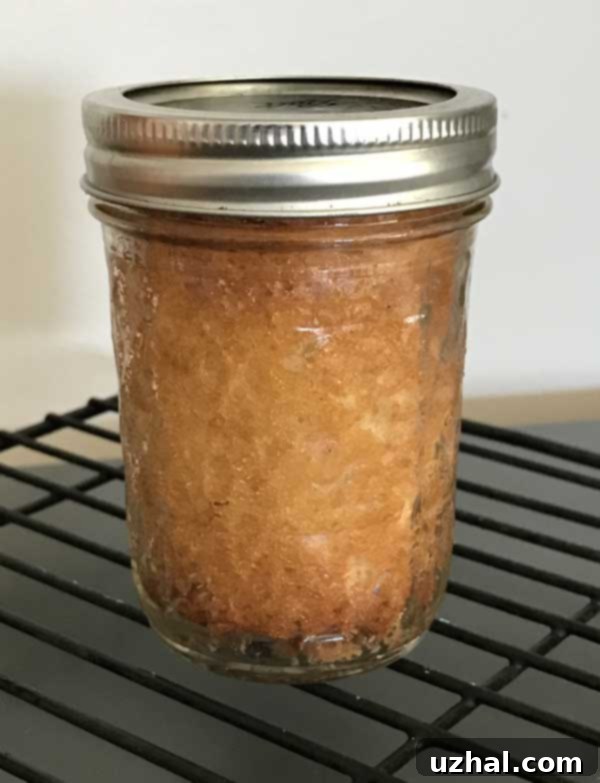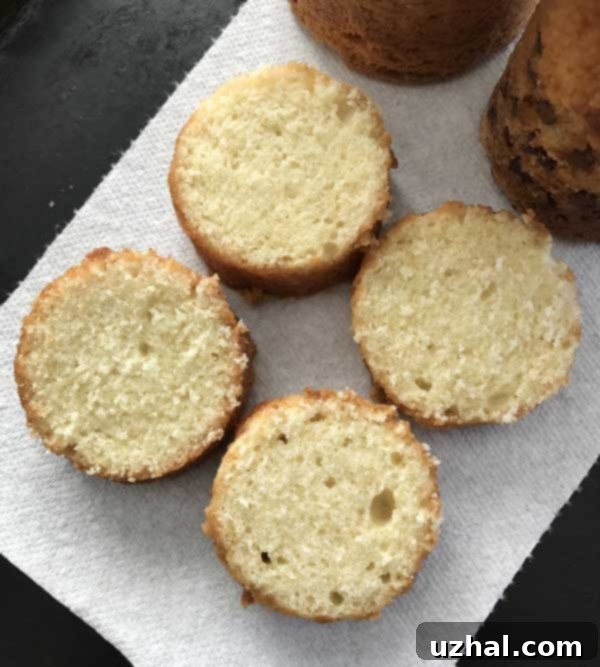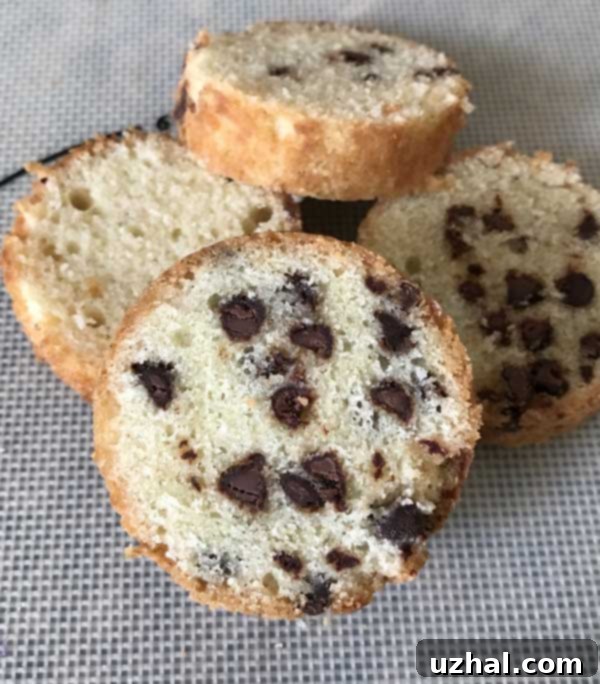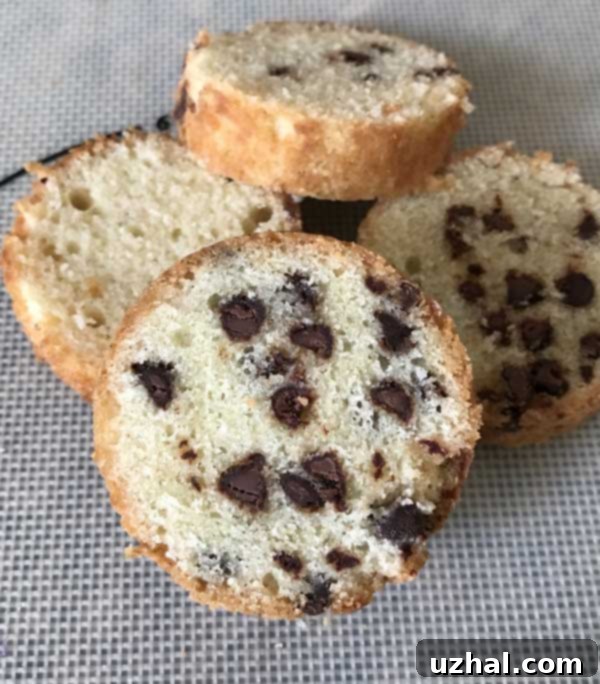Baking Pound Cake in Jars: Fun Dessert Ideas & Essential Food Safety Tips
The culinary world is constantly evolving, bringing forth delightful new trends that often merge convenience with charming presentation. One such trend that captured my attention, and perhaps yours too, is the idea of baking pound cake directly in glass jars. Initially, the concept of baking a classic dessert like pound cake in a jar seemed a bit unconventional. Why would anyone do it? However, after stumbling upon a captivating feature in The Austin Statesman, the notion of pound cake in a jar began to transform from quirky to genuinely intriguing.
My initial thoughts, like many enthusiasts, leaned towards the potential for portability and even shipping. The idea of sending a perfectly contained, delightful mini cake to a loved one across the globe, perhaps even as far as Qatar, felt like a brilliant solution. It promised a unique gifting experience, ensuring the cake arrived intact and beautifully presented. This vision, however, quickly evolved as I delved deeper into the practicalities and, more importantly, the crucial safety aspects of this baking method. While the visual appeal and the novelty remain strong, the reality of long-distance shipping or prolonged preservation turned out to be far less straightforward, prompting an essential re-evaluation.

The Allure of Jar Baking: More Than Just a Novelty
Despite the caveats regarding shipping and preservation, the practice of baking in jars offers a multitude of benefits that make it a truly worthwhile endeavor for immediate enjoyment. The charm lies in its versatility and presentation. Imagine individual portions of moist, flavorful pound cake, perfectly contained within a cute glass jar. This method elevates the dessert experience, making it ideal for:
- Elegant Individual Servings: Small jars are perfect for creating single-serve desserts, which can be beautifully presented at dinner parties, picnics, or for a special treat. They eliminate the need for cutting and plating, making dessert service effortless.
- Creative Topping Opportunities: Once cooled, these jarred cakes are a blank canvas for culinary creativity. Top them with fresh berries, a dollop of whipped cream, a drizzle of glaze, or a scoop of ice cream. The jar acts as a natural vessel, allowing for delightful layers of flavor and texture.
- Easy Storage for Short-Term Enjoyment: For personal indulgence, baking larger pound cakes in jars allows for easy storage in the refrigerator for a few days. When you’re ready to serve, simply pop the cake out of the jar and slice it into elegant circles, or even serve it directly from the jar for a rustic appeal.
- Portability (for local consumption): While not recommended for long-distance shipping, jarred cakes are wonderfully portable for local events like potlucks, brunches, or even packed lunches. The sturdy glass provides protection, keeping your cake fresh until it’s time to enjoy.
Embracing these immediate benefits, baking pound cake in jars became my morning’s delightful project. The aroma filling the kitchen was utterly comforting, promising a sweet reward. It’s safe to say, with such a tempting treat fresh from the oven, we were certainly looking forward to having cake for dessert!

Critical Food Safety: Debunking the Canning Myth for Baked Goods
While the process of baking cake in a jar is undeniably fun and yields charming results, a crucial aspect that often leads to confusion is the idea of “canning” or “preserving” these cakes for long-term, shelf-stable storage. My initial excitement about the possibility of long-term preservation and shipping was quickly tempered by further research into food safety guidelines. It became unequivocally clear that, despite what some older recipes or unconventional sources might suggest, home canning of breads and cakes is generally **not safe** and is strongly discouraged by food safety experts.
The core issue lies in the fundamental principles of home food preservation. To safely can low-acid foods (which most cakes and breads are), you need to achieve temperatures high enough and for long enough to destroy harmful bacteria, including the spores of Clostridium botulinum, which can produce a deadly toxin in anaerobic (oxygen-free) environments like a sealed jar. Home canning methods, whether water bath or pressure canning, are simply not effective or safe for baked goods for several critical reasons:
- Low Acidity: Cakes and breads are typically low-acid foods. This means they are prime environments for the growth of dangerous bacteria if not properly preserved. Acidic foods (like many fruits) can be safely water-bath canned because their acidity inhibits bacterial growth.
- Poor Heat Penetration: Baked goods are dense and often contain significant air pockets. This makes it incredibly difficult for heat to penetrate evenly and reach the required sterilization temperatures throughout the entire product, even with a pressure canner. Cold spots can remain, allowing bacteria to survive.
- Moisture Content: The moisture content in cakes is too high for safe dry canning methods, and too low to be effectively processed as a typical wet-packed canned good.
- Lack of Validated Recipes: There are no scientifically tested and approved home canning recipes for cakes or breads from reputable food safety organizations (like the USDA or university extension offices). Any recipe claiming to safely can cakes at home should be viewed with extreme skepticism.
This critical distinction is precisely why, after thorough reading on the subject, I would absolutely not attempt to can or preserve jar-baked cakes as some older books or anecdotes might suggest. For anyone considering it, I urge you to consult authoritative sources. A highly informative resource that sets the record straight on this topic is provided by Penn State Extension — Canning Cakes. This resource clearly outlines the dangers and the reasons why such practices are unsafe.
Therefore, while making pound cake in a jar is a delightful culinary experience, my firm recommendation is to enjoy it freshly baked, serving it right away or storing it in the refrigerator for short-term consumption (typically 2-3 days). I would definitely not ship it over long distances or attempt to preserve it for extended periods at room temperature.

Tips for Successful and Safe Jar Baking
For those eager to try baking pound cake or other treats in jars, here are some tips to ensure a successful and safe experience:
- Choose the Right Jars: Always use heat-safe glass jars, such as Mason jars, that are designed for canning or baking. Ensure they are free of cracks or chips. While Mason jars are ideal, any oven-safe glass container can work.
- Prepare Your Jars: Grease and flour the insides of the jars thoroughly, just as you would a regular baking pan, to prevent sticking and ensure easy removal if desired. Alternatively, you can use parchment paper cut to fit the bottom.
- Fill Appropriately: Do not overfill the jars. Fill them about one-half to two-thirds full to allow for proper rising without overflowing.
- Adjust Baking Time: Baking in jars might require slightly different baking times than a traditional loaf pan due to the different heat distribution. Keep an eye on your cakes and test for doneness with a skewer or toothpick.
- Cool Safely: Once baked, let the jars cool completely on a wire rack before sealing with lids (if refrigerating) or serving. This prevents condensation which can lead to sogginess and faster spoilage.
- Immediate Enjoyment is Key: Plan to eat your jar cakes within a few days. Store them in the refrigerator to extend their freshness slightly.
Beyond Pound Cake: Other Jar Baking Delights
The beauty of jar baking isn’t limited to pound cake alone. Once you understand the basic principles and safety guidelines, you can experiment with a variety of other delicious treats:
- Muffins and Cupcakes: Perfect for individual portions, and easy to decorate directly in the jar.
- Brownies: Create gooey, fudgy individual brownie jars, perhaps topped with a scoop of ice cream.
- Fruit Crumbles/Crisps: Layer fresh fruit with a buttery oat topping for a warm, comforting dessert.
- Individual Pies: Small fruit pies baked in jars offer a rustic and charming presentation.
Remember, the same food safety rules apply: these are for immediate consumption or short-term refrigeration, not for long-term, shelf-stable canning.
Conclusion: Embrace the Joy, Heed the Warnings
Baking pound cake in jars is a truly enjoyable and visually rewarding kitchen project. It transforms a classic dessert into a charming, individual treat perfect for any occasion where fresh, delightful sweets are desired. From small portions served with fresh berries and cream to larger cakes that can be popped out and sliced, the creative possibilities are abundant.
However, it is paramount to distinguish between the sheer joy of baking and the critical importance of food safety. While the appeal of long-term preservation or shipping may be tempting, the consensus from food safety experts is clear: home canning of low-acid baked goods like cakes is not a safe practice. Always prioritize immediate enjoyment and proper refrigeration over methods that could compromise your health. By understanding these distinctions, you can fully embrace the fun and deliciousness of jar baking, creating wonderful memories and safe, delightful desserts for everyone to enjoy.
- Chocolate Covered Cherry Cookies
- Mexican Chocolate Snickerdoodles
- Vegan Gingerbread Biscotti
- Minute Tapioca Cherry Pie
- Trader Joe’s Dark Morello Cherries Cherry Crumb Pie
